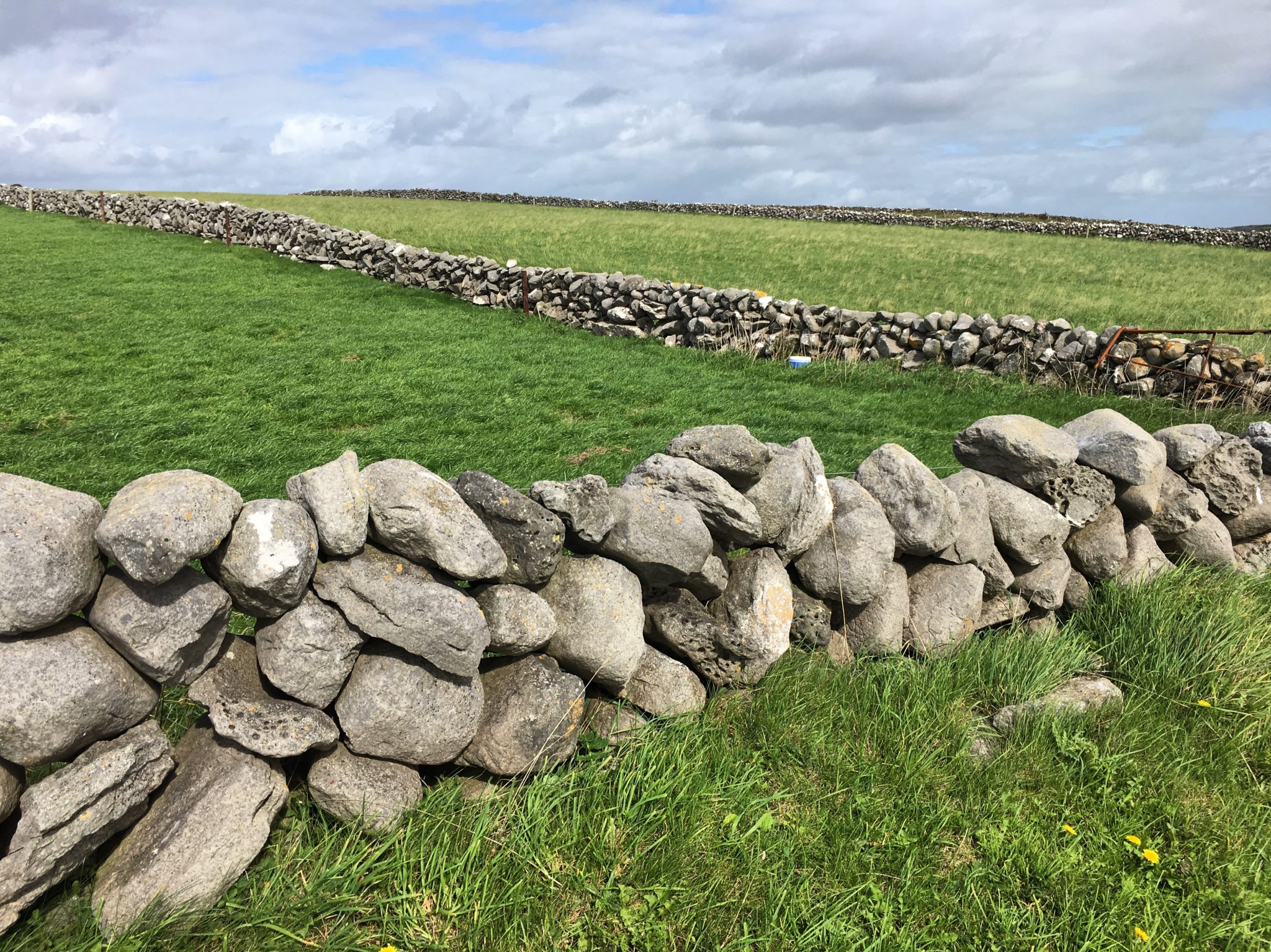
I’ve just returned from Western Ireland, where 7 women came together to experience a mindfulness retreat created by me and Deirdre Walsh. The theme that came up for me over and over again was reciprocity. And, it began with these women. While Deirdre and I had something to offer, the success of the retreat depended greatly on what these women gave back to us. The greater the reciprocity, the greater the experience.
Reciprocity implies mutual dependence, action, or influence; a mutual exchange of privileges (Merriam-Webster).
Over the course of our five days, we experienced reciprocity constantly. During our first day at the Burren College of Art, we were inspired by the artwork of the students scattered throughout the grounds and trails. We practised focused and wide attention and our offering of attention inspired photographs, poems, and paintings in response.
On our second day, Oonagh O’Dwyer of Wild Kitchen shared with us the amazing health benefits of seaweed. These plants are a natural gift from the sea. The next day, we took a boat to the Aran Island of Inisheer, where our guide, Pius Murray, helped us tap into the ancestors of this place, as well as the ancient limestone ground beneath our feet. He recited poetry and showed us how to offer gifts in exchange. On our final day, we sat in silence at the 12th century monastic site of Corcomroe Abbey, then tasted chocolate at Hazel Mountain Chocolate and smelled plants at the Burren Perfumery. The entire week was a feast for the senses and we were grateful in return.
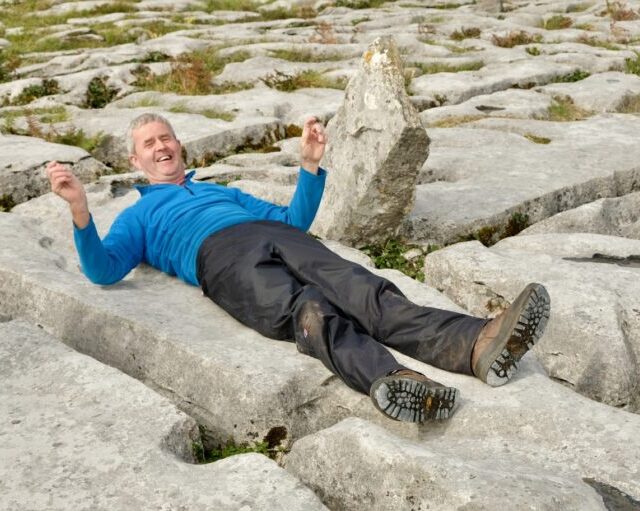
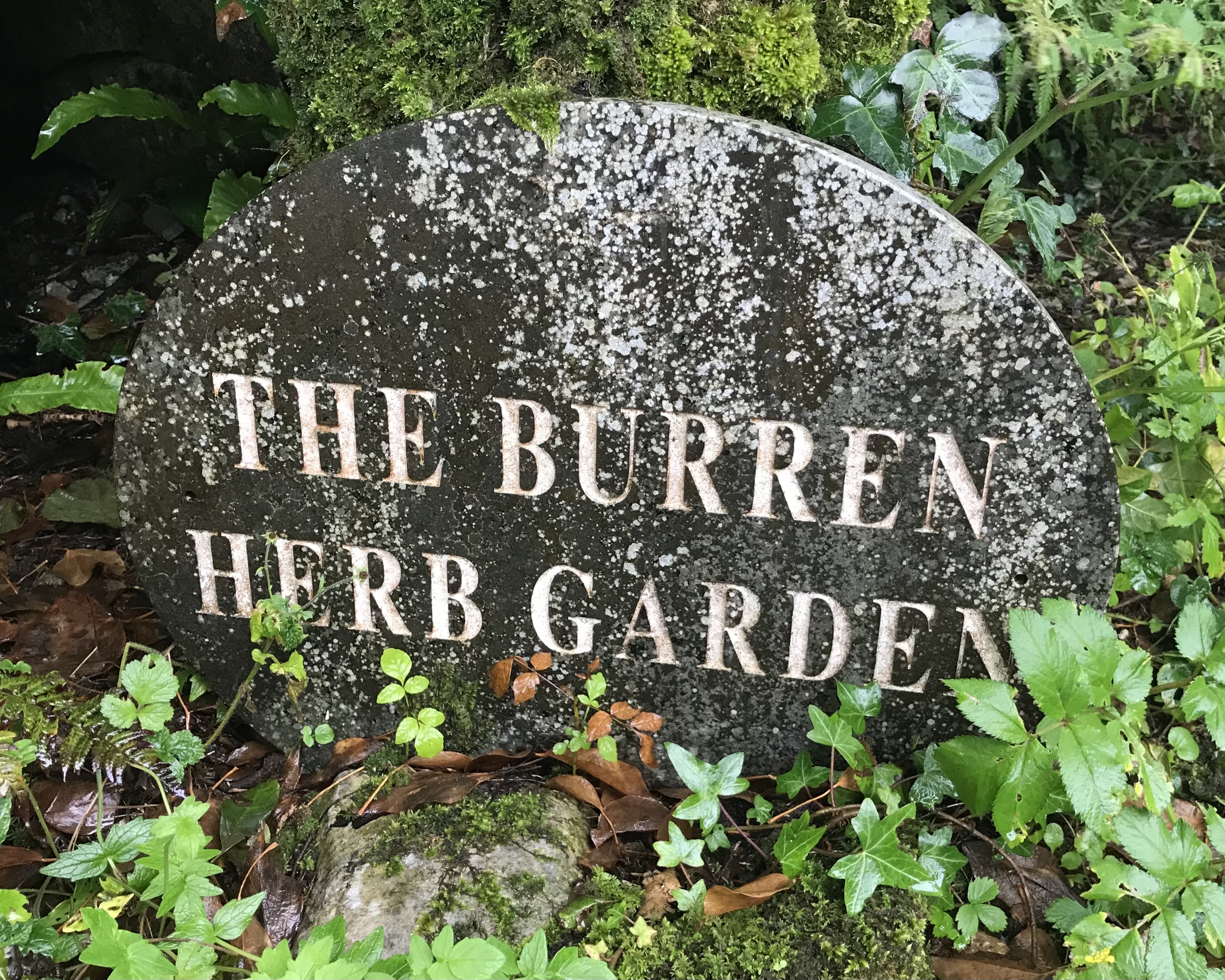
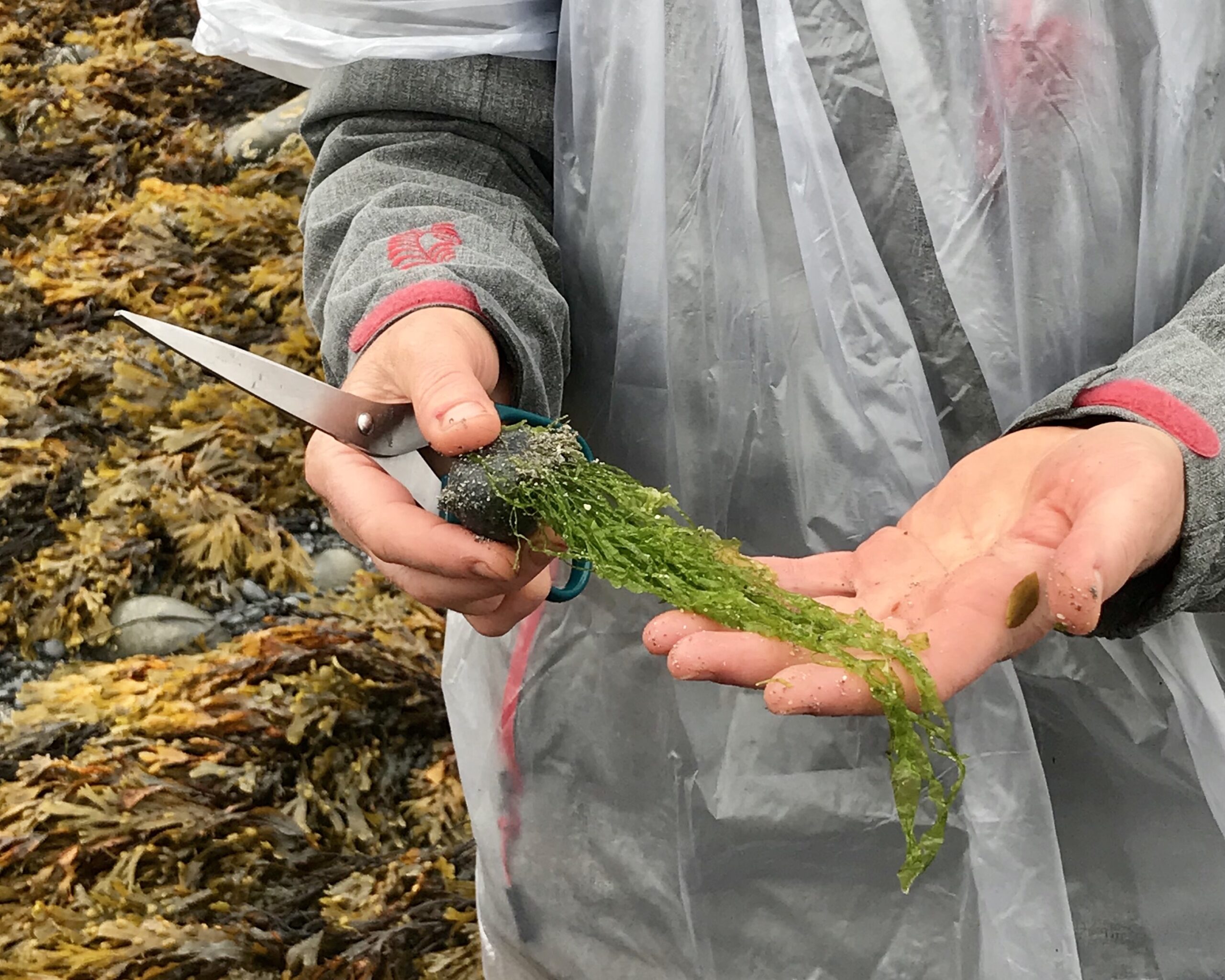
The Symbiotic Relationship of Lichens
Life is made up of relationships and healthy relationships depend on reciprocity. We experienced generous hospitality throughout the week with everyone we came into contact with – our drivers, food servers, and our hosts at Hazelwood Lodge.
Yet, the natural world is our finest teacher of this process. Robin Wall Kimmerer shows example after example in her book, Braiding Sweetgrass. On the Aran Islands, we were treated to the sight of saffron lichen all over the rocks. Pius told us that the existence of this lichen meant that the air was clean. Later that night, I read about the science of lichen in Kimmerer’s book.
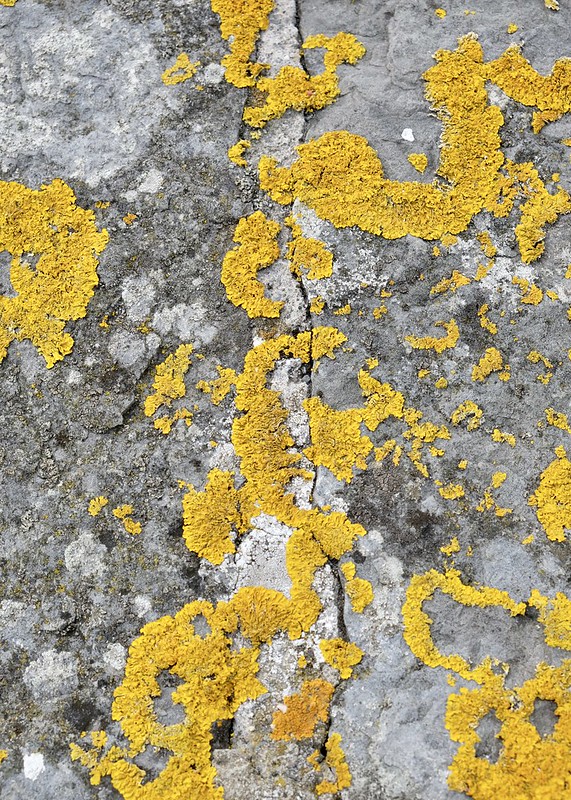
Lichens have no roots, no leaves, no flowers. They thrive in places where there is no soil and settle on granite. Lichens blur the definition of what it is to be an individual because they are not one being, but two: a fungus and an alga. Different as can be, yet they are joined in a symbiosis so close that their union becomes a whole new organism. It is like a marriage, where the whole is greater than the sum of the parts. The balance of giving and taking is dynamic, the roles of giver and taker shifting from moment to moment. Their shared lives benefit the whole ecosystem.
The algal partner is a collection of single cells, bearing the gift of photosynthesis (turning light and air to sugar). They are the cook of the family, the producer. The fungus partner can’t make its own food but is brilliant at dissolving and liberating minerals for its use. Symbiosis enables the alga and the fungus to engage in a reciprocal exchange of sugar and minerals. The marriage of alga and fungus is the child of earth, life nourished by stone.
Lichens remind us of the enduring power that arises from mutualism, from the sharing of gifts carried by each species. Balanced reciprocity has enabled them to flourish under the most stressful conditions. While lichens can sustain humans, people have not cared for lichens, for they are highly sensitive to air pollution. When you find lichens, you know you’re breathing the purest air. Pay attention when it departs.
Reciprocity with Place
The writer and poet, John O’Donohue, came from Western Ireland and we visited his gravesite in Fanore. His presence was felt throughout the week as we read his poetry and words. He had a deep connection to and reciprocity with the limestone landscape of the Burren and this is evident in this beautiful excerpt from the book, Anam Cara.
I was born in a limestone valley. To live in a valley is to enjoy a private sky. All around, life is framed by the horizon. The horizon shelters life yet constantly calls the eye to new frontiers and possibilities. The mystery of this landscape is further intensified by the presence of the ocean. For millions of years, an ancient conversation has continued between the chorus of the ocean and the silence of the stone. No two stone shapes in this landscape are the same. Each stone has a different face. Often the angle of the light falls gently enough to bring out the shy presence of each stone. Here, it feels as if a wild, surrealistic God laid down the whole landscape. These stones, ever patient, ever still, continue to praise the silence of time. The Irish landscape is full of memory; it holds the ruins and traces of ancient civilization. There is a curvature in the landscape, a color and shape that constantly frustrate the eye anxious for symmetry or linear simplicity. The poet W. B. Yeats, in referring to this landscape, speaks of “that stern colour and that delicate line that are our secret discipline.” Every few miles of road the landscape changes; it always surprises, offering ever new vistas that surprise the eye and call the imagination. This landscape has a wild yet serene complexity. In a sense, this reflects the nature of Celtic consciousness.
How do we create a culture of reciprocity? If we live from a place of gratitude, where everything is a gift, then reciprocity will naturally follow. Kimmerer says it well.
”Whatever our gift, we are called to give it and to dance for the renewal of the world. In return for the privilege of breath.”